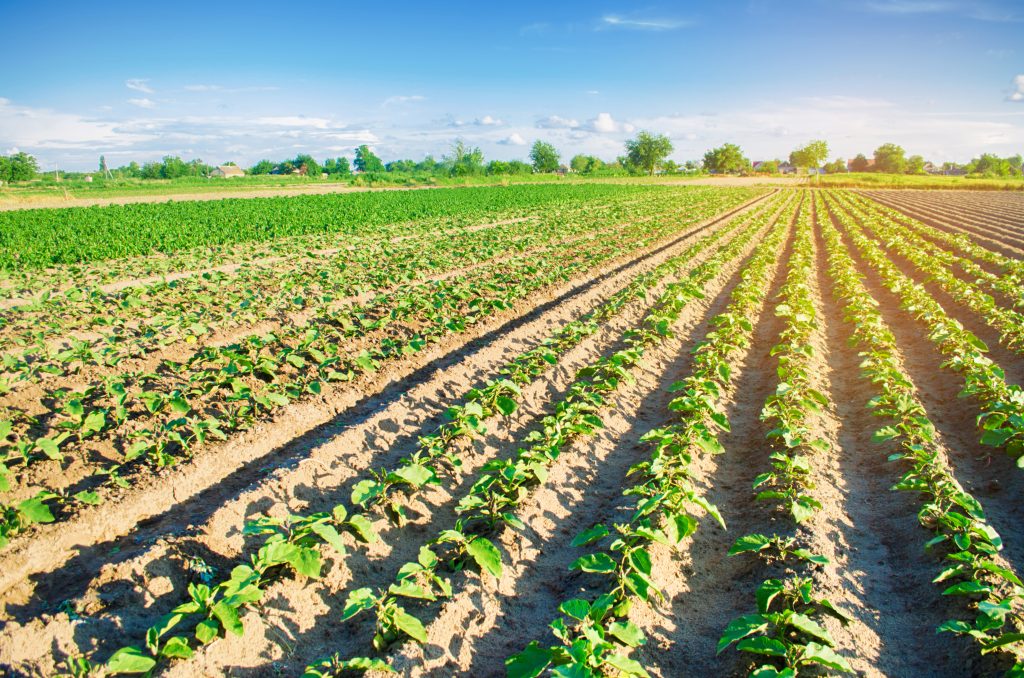
According to the Southeastern U.S. 2021 Vegetable Crop Handbook, crop rotation is key in preventing the buildup of soil-borne pathogens. Specialists from universities across the Southeast implore producers to consider an effective rotation sequence that consists of crops from different families that are poor or non-hosts of these pathogens.
The longer the rotation the better the results will be. A 3-to-5-year rotation is recommended.
However, growers must weigh the practicality of rotating their crops on the availability of land, the markets, what alternate crops that are able to grow in the area, the pathogens and the purpose of the rotation.
Crop specialists from across the Southeast, including the University of Georgia and Auburn University, collaborated on the Southeastern U.S. 2021 Vegetable Crop Handbook.









